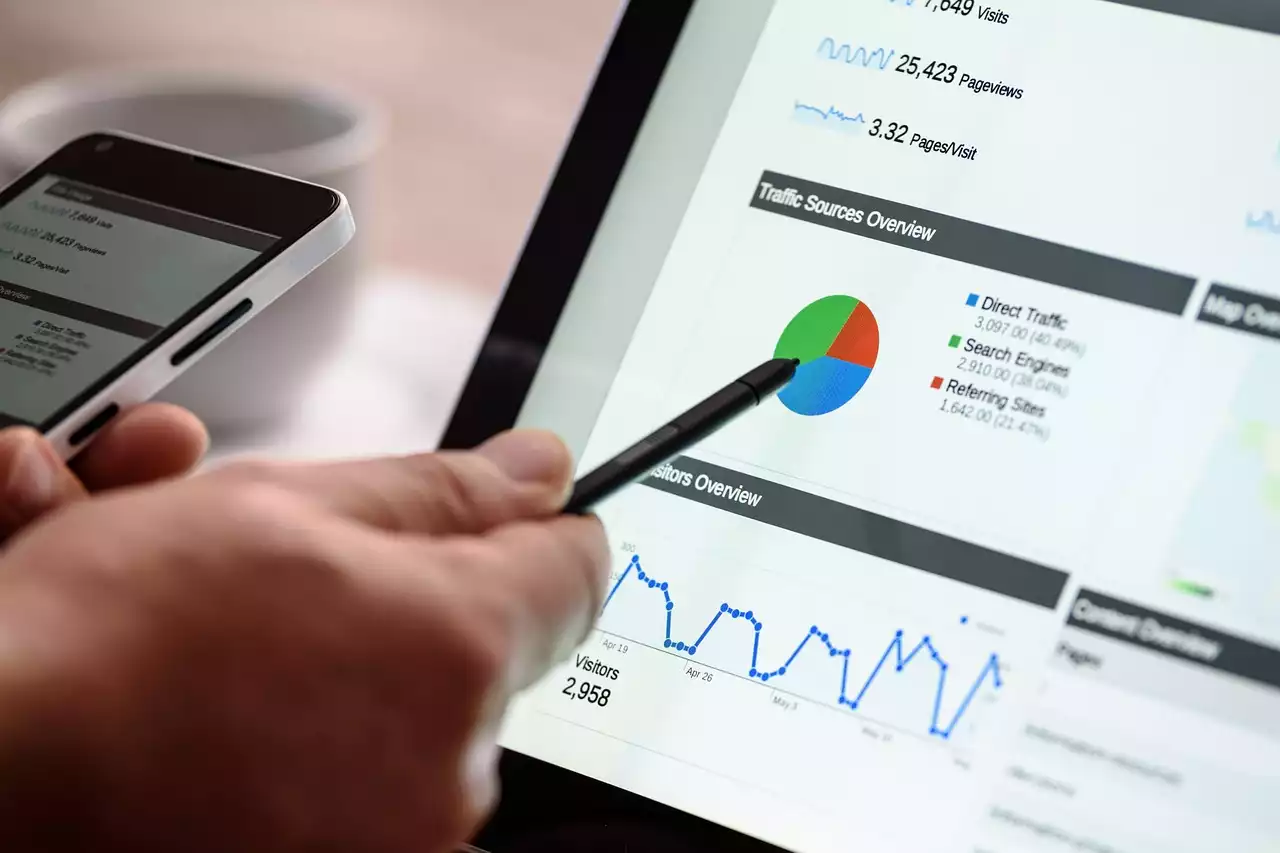What is SEO?
Search Engine Optimization (SEO) is the process of optimizing your website and its content to rank higher in search engine results pages (SERPs) for specific keywords and phrases. The goal of SEO is to increase organic, non-paid traffic to your website from search engines like Google, Bing, and Yahoo. SEO involves a wide range of activities, including keyword research, on-page optimization, content creation, link building, and technical optimization.
Keyword research is the foundation of any successful SEO campaign. It involves identifying the words and phrases that your target audience is searching for and incorporating them into your website's content. On-page optimization refers to the process of optimizing individual web pages to rank higher and earn more relevant traffic in search engines. This includes optimizing meta tags, images, headers, and content. Content creation involves creating high-quality, relevant, and informative content that addresses the needs of your target audience. Link building is the process of acquiring backlinks from other websites to your website. Technical optimization involves improving your website's structure, speed, and overall user experience.
What is SEM?
Search Engine Marketing (SEM) is the process of using paid advertising to increase your website's visibility in search engine results pages (SERPs). The goal of SEM is to drive targeted traffic to your website by placing ads in front of people who are actively searching for information related to your products or services. SEM involves a wide range of activities, including keyword research, ad creation, ad targeting, bidding, and measurement.
Keyword research is the foundation of any successful SEM campaign. It involves identifying the words and phrases that your target audience is searching for and incorporating them into your ads. Ad creation involves creating compelling, relevant, and informative ads that address the needs of your target audience. Ad targeting involves selecting the specific audience you want to reach with your ads based on demographics, interests, and behaviors. Bidding involves setting a budget for your ads and deciding how much you're willing to pay for each click or impression. Measurement involves tracking the performance of your ads and making adjustments to improve their effectiveness.
What is SEM in Digital Marketing?
5 differences between SEO and SEM
1. Cost: SEO is generally considered a long-term, cost-effective strategy for driving organic traffic to your website. While there may be some upfront costs associated with hiring an SEO expert or producing high-quality content, the ongoing costs are relatively low. SEM, on the other hand, requires an ongoing investment in advertising spend to maintain your visibility in search engine results pages.
2. Speed: SEO is a slower process that can take months or even years to see significant results. SEM, on the other hand, can produce immediate results by placing your ads at the top of search engine results pages.
3. Ad placement: SEO focuses on organic search results, which are displayed below the paid search results. SEM focuses on paid search results, which are displayed at the top of search engine results pages.
4. Traffic quality: SEO tends to generate higher-quality traffic because users are actively searching for information related to your products or services. SEM tends to generate lower-quality traffic because users may click on your ads without necessarily having a strong interest in your products or services.
5. Long-term vs. short-term strategy: SEO is a long-term strategy that requires ongoing maintenance and optimization to maintain your visibility in search engine results pages. SEM is a short-term strategy that can produce immediate results but requires ongoing investment to maintain your visibility.
Key benefits of SEO
1. Increased visibility: SEO can help your website rank higher in search engine results pages, increasing your visibility and exposure to potential customers.
2. Higher-quality traffic: SEO tends to generate higher-quality traffic because users are actively searching for information related to your products or services.
3. Long-term results: SEO is a long-term strategy that can produce lasting results if done correctly.
4. Cost-effective: SEO is generally considered a cost-effective strategy for driving organic traffic to your website.
5. Brand credibility: A high-ranking website is often seen as more credible and trustworthy by users.
Key benefits of SEM
1. Immediate results: SEM can produce immediate results by placing your ads at the top of search engine results pages.
2. Targeted advertising: SEM allows you to target specific audiences based on demographics, interests, and behaviors.
3. Flexibility: SEM allows you to adjust your advertising spend and targeting on the fly to optimize your results.
4. Measurable results: SEM provides detailed metrics that allow you to track the performance of your ads and make adjustments to improve their effectiveness.
5. Competitive advantage: SEM can give you a competitive advantage by placing your ads above your competitors in search engine results pages.
Which strategy is right for your business?
The answer to this question depends on a variety of factors, including your budget, goals, and target audience. In general, SEO is a good choice for businesses that want to generate sustainable, long-term traffic to their website. SEM is a good choice for businesses that want to generate immediate, targeted traffic to their website and have the budget to invest in advertising spend. In many cases, a combination of SEO and SEM can be a powerful strategy for driving both sustainable and immediate traffic to your website.
How to measure the success of your SEO and SEM campaigns
To measure the success of your SEO and SEM campaigns, you'll need to track a variety of metrics, including:
- Traffic volume: How much traffic is your website receiving from search engines?
- Traffic quality: Are the users coming to your website from search engines engaging with your content and taking desired actions?
- Keyword rankings: Are your target keywords ranking higher in search engine results pages over time?
- Click through rate (CTR): What percentage of users are clicking on your ads or organic search results?
- Cost per click (CPC) or cost per acquisition (CPA): How much are you paying for each click or conversion from your ads?
By tracking these metrics and making adjustments to your campaigns based on your findings, you can gradually improve the performance of your SEO and SEM campaigns over time.
Common mistakes to avoid when implementing SEO and SEM
Some common mistakes to avoid when implementing SEO and SEM include:
- Focusing too much on keywords and not enough on user experience
- Neglecting on-page optimization
- Overusing or misusing backlinks
- Ignoring mobile optimization - Failing to track and analyze your results




